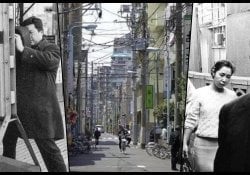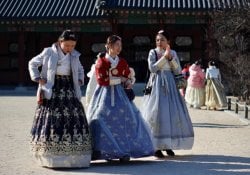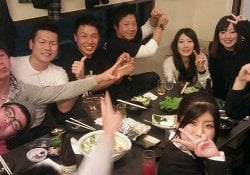There are several ways to say "thank you" in Korean, depending on the context and how formal the situation is. In this article, we're going to see how you can say "thank you" in Korean and also how to respond to thanks.
We also recommend reading: Greetings in Korean – Hi and Hello
Índice de Conteúdo
Gamsahamnida
Thank you This is the most formal way of saying “thank you” in Korean and is mainly used in formal situations or with older people.
It is composed of the words 감사 (gamsa), which means “thank you,” and 합니다 (hamnida), which is an auxiliary verb that indicates a polite or respectful action.
jeongmal gamsaha - Thank you so much This expression means "thank you very much" or "thank you very much" in Korean. It is composed of the words 정말 (jeongmal), which means "really" or "truly", and 감사해 (gamsaha), which means "thank you".
Thank you This is a slightly more formal way of saying “thank you” in Korean, mostly used in more formal situations or with people who don't know each other very well.
It is composed of the words 감사해 (gamsaha), which means “thank you”, and 요 (yo), which is an auxiliary verb that indicates a polite or respectful action.
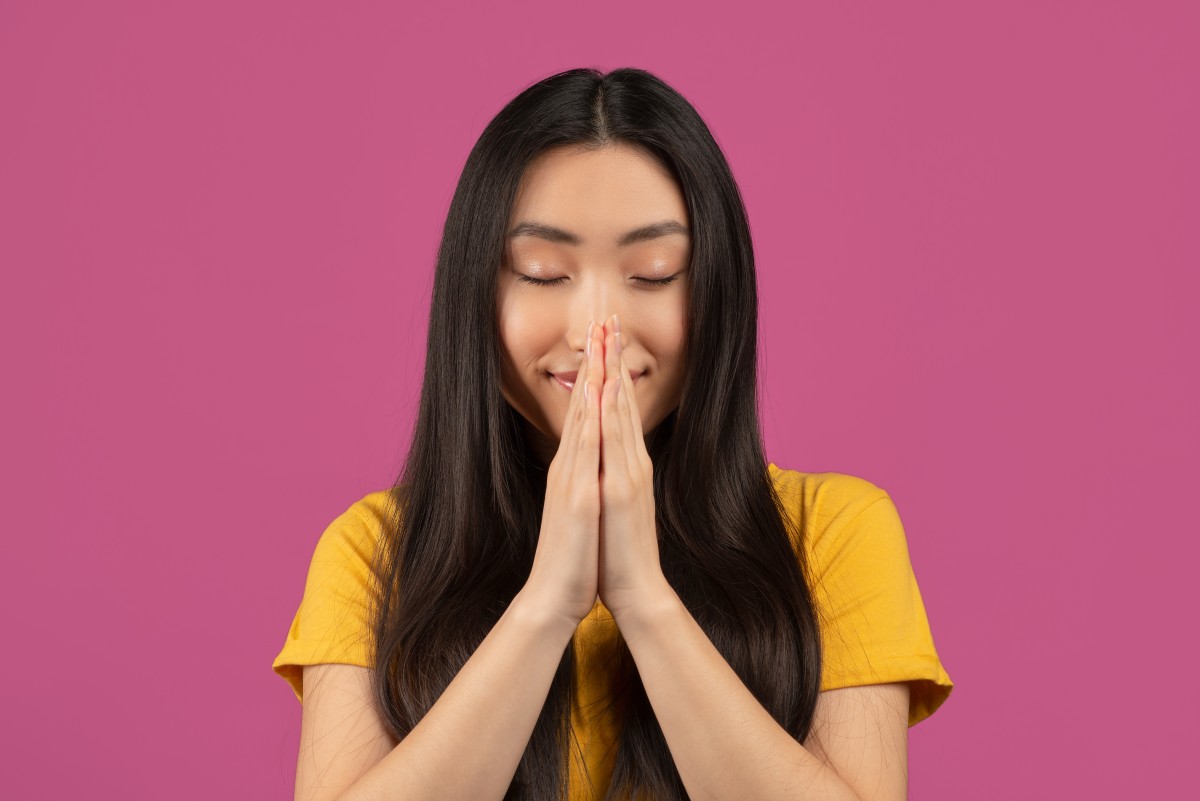
Gomawo
고마워 (gomawo) - Thank you This is an informal way of saying "thank you" in Korean, mostly used between friends or family.
Gomawo is made up of the words 고마 (goma), which means “thank you”, and 워 (wo), which is an auxiliary verb that indicates an informal or relaxed action.
고마워요 (gomawoyo) - This is a slightly more formal way of saying “thank you” in Korean, mostly used in more formal situations or with people who don't know each other very well.
It is composed of the same words as the previous sentence, but the auxiliary verb 요 (yo) has been added, which makes it a little more formal.
jeongmal gomawo - Thank you so much This is an expression that means "thank you very much" or "thank you very much" in Korean. It gets the addition of 정말 (jeongmal), which means "really" or "truly".
Thank you This is a formal way of saying “thank you” in Korean that is mostly used in formal situations or with older people, usually when you are in public.
It is composed of the words 고맙 (goma), which means “thank you,” and 습니다 (seumnida), which is an auxiliary verb that indicates a polite or respectful action.
We also recommend reading: Saranghae - Several ways to say love in Korean
Thank You List in Korean
- 감사합니다 (gamsahamnida) - Thank you very much
- 정말 고맙습니다 (jeongmal gomapseumnida) - Thank you very much indeed
- 제가 해야 할 일이기 때문입니다 (jega hayahal irigidamyeonimnida) – This is what I should do
- 저도 이만큼 감사합니다 (jeodo imeonkeum gamsahamnida) - I also thank you so much
- 저는 이것만큼 감사합니다 (jeoneun igeotmankeum gamsahamnida) – I appreciate it so much
- 감사의 인사 (gamsaui insa) – Greeting of thanks
- 진심으로 감사드립니다 (jinsimeuro gamsadeurimnida) – Thank you from the bottom of my heart
- 고맙습니다, 정말 감사합니다 (gomapseumnida, jeongmal gamsahamnida) – Thank you, thank you very much
- 정말 감사합니다, 진심으로 감사드립니다 (jeongmal gamsahamnida, jinsimeuro gamsadeurimnida) – Thank you very much, thank you from the bottom of my heart
- 감사합니다, 저도 이만큼 감사합니다 (gamsahamnida, jeodo imeonkeum gamsahamnida) – Thank you, I appreciate it so much too
While in some countries we are used to using the same word to say thank you. When we want to politely refuse something in Korean we use 아니요 괜찮습니다 (a-ni gwaen-chan-seum-ni-da).
The article is still halfway through, but we recommend also reading:
Other ways to say thank you in Korean
In addition to using words to say thank you, Koreans also have some customs and gestures used to express gratitude. Here are some examples:
- kneel: In more formal situations or when you want to express very deep gratitude, Koreans can kneel in front of the person they want to thank. This is most common in situations where you want to show respect to an older person or authority.
- Lean: Bowing is another common way of expressing gratitude in Korea. This can be done by leaning forward slightly with your head or by bending over slightly from the waist down. This is generally used in more formal situations or with older people or authorities.
- Offer gifts: Giving gifts is another way to thank someone in Korea. Gifts can be symbolic or of value, depending on the relationship with the person and the intensity of the feeling of gratitude.
- Bowing: Bowing is a formal way of expressing gratitude in Korea. Bows can be done by leaning forward slightly with the head or bowing slightly from the waist.
We also recommend reading: Learn about the Korean tradition of gifting someone with money
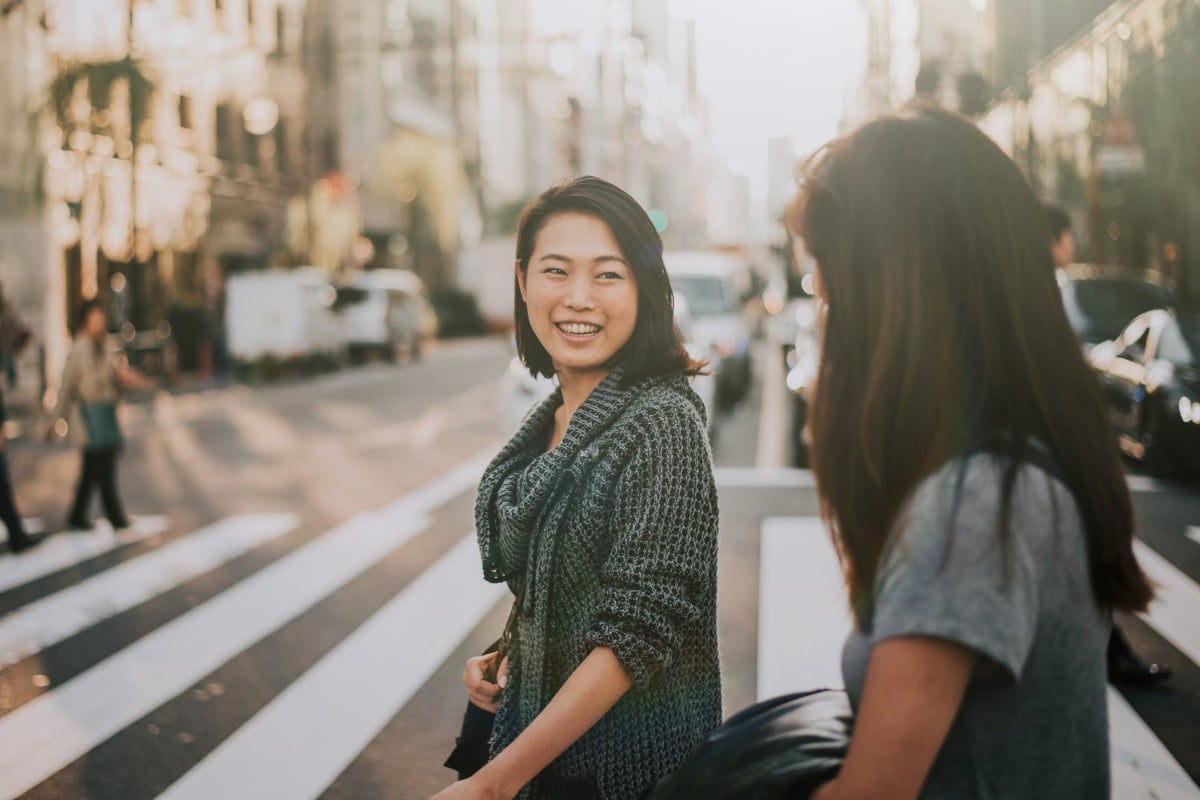
You're welcome - How to say thank you in Korean?
There are several ways to respond to a thank you in Korean, depending on the context and how formal the situation is.
The more traditional way of saying “you're welcome” is 아니에요 (a-ni-ae-yo) in most situations. Its literal meaning is no, it is not. A polite expression, but suitable for just about every situation. The more formal version is 아닙니다 (ah-nip-nee-da) .
Other common forms are:
- 별말씀을요 (byeol-mal-sseom-eol-yo) - you're welcome;
- 괜찮아요 (gwen-chan-ah-yo) - okay;
You're welcome
This is an informal way of saying "you're welcome" in Korean, but rarely used in everyday life, found more in writing. It is composed of the words 천 (cheon), which means "one thousand", and 만 (man), which means "zero" or "nothing".
Together, they form the expression 천만 (cheonman), which means “you're welcome”. The auxiliary verb 에요 (eyo) has been added to make the expression a bit more formal. 천만 (cheonman) is a short and more informal version of cheonmaneyo .
I really appreciate it
This is an expression that means "thank you very much" or "thank you very much" in Korean. It can be used as a way to respond to a thank you in a formal situation.
It is composed of the words 정말 (jeongmal), which means "really" or "truly", 잘 (jal), which means "well", 부탁 (butak), which means "request" or "request", and 드립니다 (deurimnida ), which is an auxiliary verb that indicates a polite or respectful action.
Other ways to say you're welcome
amugeonayo - Anything? This is an informal way of saying "You're welcome" in Korean. Composed of the words 아무 (amu), meaning "any" or "none", 거 (geo), meaning "thing" or "object", and 나요 (nayo), being an auxiliary verb that indicates an informal or relaxed action .
It's okay This is a slightly more formal way of saying "You're welcome" in Korean. The word 렇지 (reoj) is an auxiliary verb that indicates a negative action, and 않아요 (anhayo), is an auxiliary verb that indicates a polite or respectful action.
We also have:
- 아무거나 (amugeona) - Anything
- I'm fine
- I have no thoughts on anything

